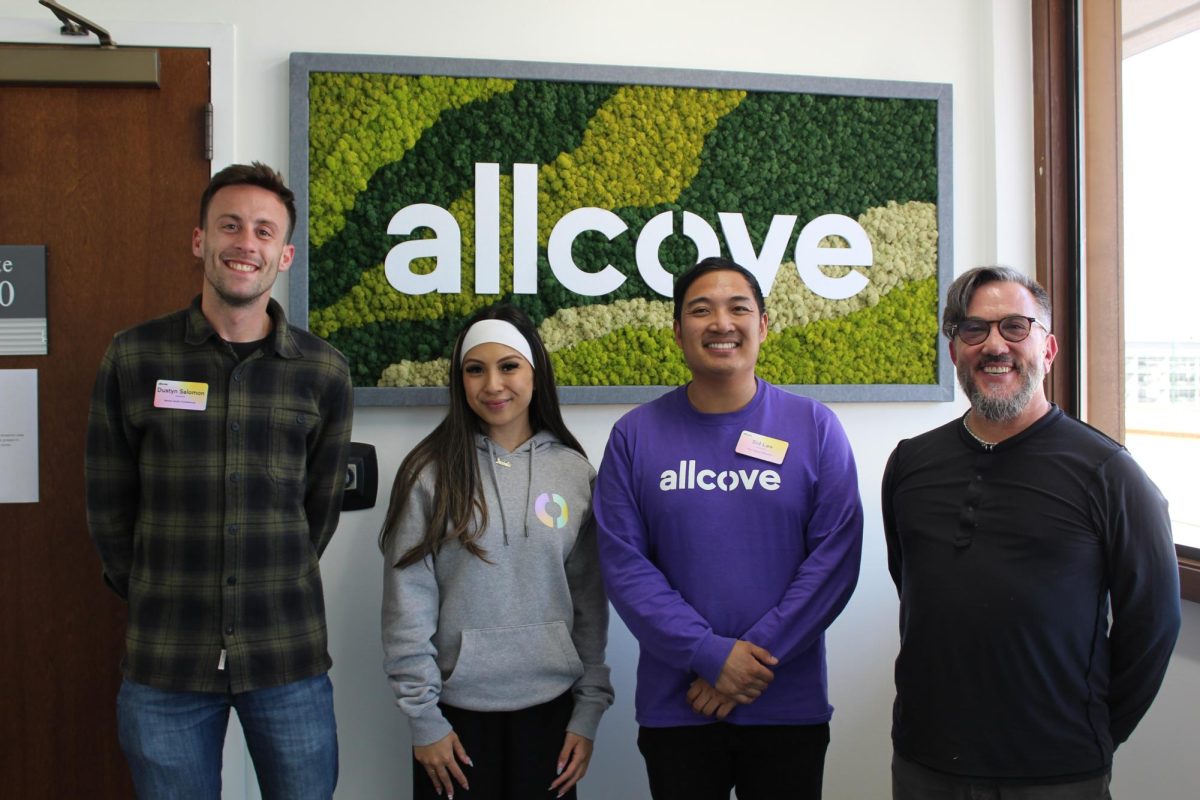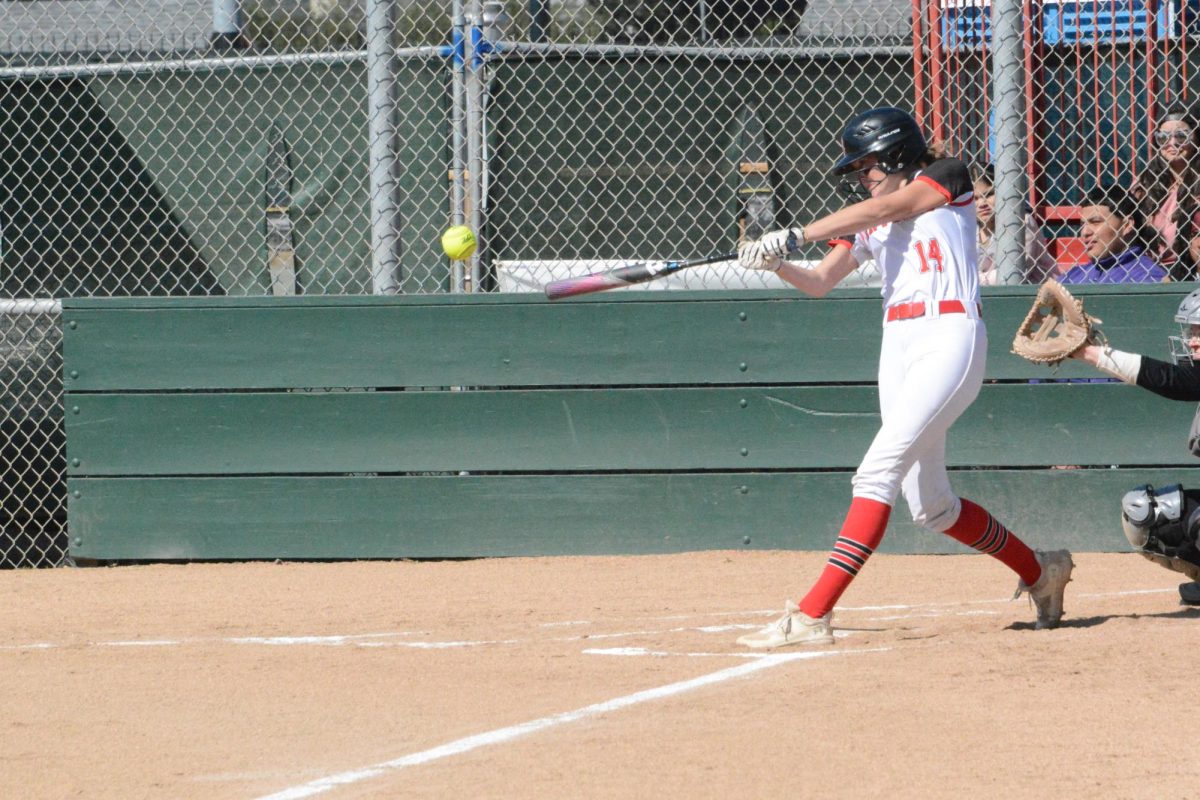Clearing the smokescreen: a frank discussion on marijuana
November 6, 2017
San Mateo Union High School District held a discussion panel in the BHS theatre about the effects of marijuana and Proposition 64 on minors, specifically those in San Mateo County. This particular panel was focused on how Proposition 64 was going to make a difference in the way the law and teenagers in California handle marijuana use. The panelists wanted to leave a few key points in the audience’s minds and opinions.
1. During the past 3 decades, the potency of marijuana (that is, its concentration of cannabinoids, and THC in particular) has approximately tripled-greatly increasing the health risks associated with using marijuana, as well as the potential of becoming addicted.
2. Teens are especially vulnerable to the long-term neuropsychiatric effects of marijuana because much of the brain-including those brain systems with which cannabinoids directly interact-undergoes active development during adolescence. There is evidence that chronic marijuana use in adolescence results in intellectual deficits in adulthood.
3. Marijuana is an addictive substance-and has twice the addictive potential when used initially during adolescence. There is, moreover, evidence that marijuana use in adolescence may increase the likelihood of other addictions during adulthood.
4. It is still unlawful for minors to possess and use marijuana. While the penalties have been reduced, they include drug education classes and community service.
The passing of Prop 64 makes the possession and cultivation of small amounts of marijuana legal for adults 21 years of age and older in California. Prop 64 makes the consequences of marijuana use in juveniles targeted less as punishment and more towards treatment. Instead of criminalization for the initial offenses of minors, the law focuses more on rehabilitation in the form of drug education classes and community service.
Psychiatrist Dan Becker started the meeting off by saying, “50% of all Americans have tried marijuana, 7% have used in the last month.” It’s not a coincidence that 7% of the population is also around the percentage of population of teenagers in America. To assess the problem and be up to date, it is necessary to abandon stereotypes and understand that today’s marijuana’s widespread usage is prevalent in all walks of life.
Becker said the solution to the marijuana problem is “having the discussion, having the information, being aware.” Specialists in the field realize the extensive marijuana problem of America’s youth is not going to be solved by strict punishments and fear, but through the understanding and open conversations of parents with their teenagers. While it is increasingly difficult for parents to take a step back and look through another’s eyes on this subject, this approach is key to addressing the root of the problem and being fully informed.
Parents and students alike need to realize that marijuana use is not exclusive to stoners, but has become widespread among all variety of student population. To accurately deal with the marijuana problem, it is crucial to not give into stereotypes and realize that the kids with the highest GPA, the athletes, members of the student council, any type of student for that matter, can, and probably has, smoked marijuana.
The panel addressed some common misconceptions of marijuana. While there are many who believe that weed is not addictive, and therefore safe to try, scientific evidence shows otherwise.
According to Becker, “10% of all people who try marijuana are going to become addicted to it.” While marijuana addiction may not look exactly like alcoholism or addictions to harder drugs, it is still an important problem and these inaccurate rumors that marijuana is not addictive is only furthering the difficult situation.
Dave Pine, Vice President of San Mateo County Services, notes that our county has voted against allowing dispensaries in our area. The closest districts that are going to allow marijuana dispensaries are in Pacifica and San Francisco. However, in light of Prop 64, there are now websites and apps such as Weedmaps.com and Eaze that will deliver marijuana to your door,. Although Prop 64 was supposed to limit the unregulated and dangerous aspects of the marijuana trade, it also means weed is could be much more available to minors. Finally, recent technological advancements in marijuana consumption is also a problem for the schools. Technology like dab pens, which have no odor and are easy to hide, and make it nearly impossible to trace usage; therefore more students are bringing marijuana to school. One anonymous Burlingame student admits, “I have smoked at school.”
In juveniles around the country, there has been an increased consumption of marijuana through edibles, which pose a huge problem in the eyes of the panelists. Marijuana, unlike alcohol, stays in your body for more time, and edibles have an even longer and more intense effect on your mindstate. When people smoke, they can gauge how much they’re smoking — a drag, a puff or the whole joint. However, with edibles, the amount of THC in each brownie is completely unknown and unregulated. In this way, edibles are more difficult and can even be more dangerous for recreational use. Prop 64 will hopefully force edibles to be more regulated. The hope is that there will be a decrease in the emergency room visits that the county has seen in recent years due to edible consumption.
Assistant district attorney of the San Mateo County, Al Serrato, said “If you’re eating something in a brownie, you have no idea what you’re consuming.”
In conclusion, the panel stressed the importance of staying informed and up to date on manners of marijuana and its legalization. Proposition 64 will, in some way or another, have an effect on adolescents, and it is up to Californians to stay safe.





![WASC looks for more than the basic California State standards. According to chairperson Mike Woo, “As new rules and new concerns come up through society, [WASC] look[s] is the school doing something about that. Like the biggest trend post-COVID is mental wellness. So is your school doing something to address the mental health of the students? Along with are they still doing the proper academics?”](https://theburlingameb.org/wp-content/uploads/2024/03/IMG_3401-1200x1200.png)























![“For me personally, I want [others] to see the music program as a strong union because we can really bring out the life of our school,” Vega said. “We need music, you know? Otherwise, things would be really silent and dead.”](https://theburlingameb.org/wp-content/uploads/2024/03/unnamed-1200x801.jpeg)








